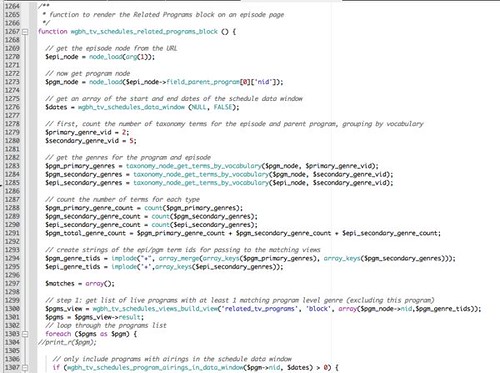 When implementing a new database and you're at the stage of defining the final specification with your supplier, it is often tempting and exciting to ask the supplier to customise the software for your precise needs or for an especially fancy piece of functionality. My advice: unless it is a "business critical" operation which you have to have customised for you or unless you can show real benefits from doing it - wait. Hold off. Don't do it just yet.
When implementing a new database and you're at the stage of defining the final specification with your supplier, it is often tempting and exciting to ask the supplier to customise the software for your precise needs or for an especially fancy piece of functionality. My advice: unless it is a "business critical" operation which you have to have customised for you or unless you can show real benefits from doing it - wait. Hold off. Don't do it just yet.(By the way: by "customising", I mean more than merely "configuring" the database - I mean that customising would mean the supplier would need to make bespoke changes for you, write code which would change it from the norm etc. See my "Keeping it Vanilla" post for a more detailed discussion/definition).
Why? Because, as I said above, this is a time when you are (understandably!) excited about the new system, but it is also a time when you may therefore decide to request functionality which isn't really going to add that much value but which may add significant financial investment… Yet at the same time, it is quite likely that you don't yet know the new system you are implementing, at least not at any great detail, and even if your supplier does (well, we hope they do!), then conversely they may not fully understand your needs. (And of course they may be quite happy to accept a few extra pounds/dollars for that extra piece of custom work…)
Instead, add such ideas to a list, learn more about what the software can do and then, once you really know the software, then you can decide if you really want to invest in that extra, whizzy functionality. Because what you might find is that either that function is not quite so important as was first envisaged, and/or you can achieve 80% of what you wanted just by configuring the database yourselves for free. Plus, you will keep the initial implementation simpler, quicker and cheaper, with less risk and you can approach it in a far more structured way. And you can then move on to your Development Stage of the project and really start to add value and benefits where you really now know what you want.
No comments:
Post a Comment